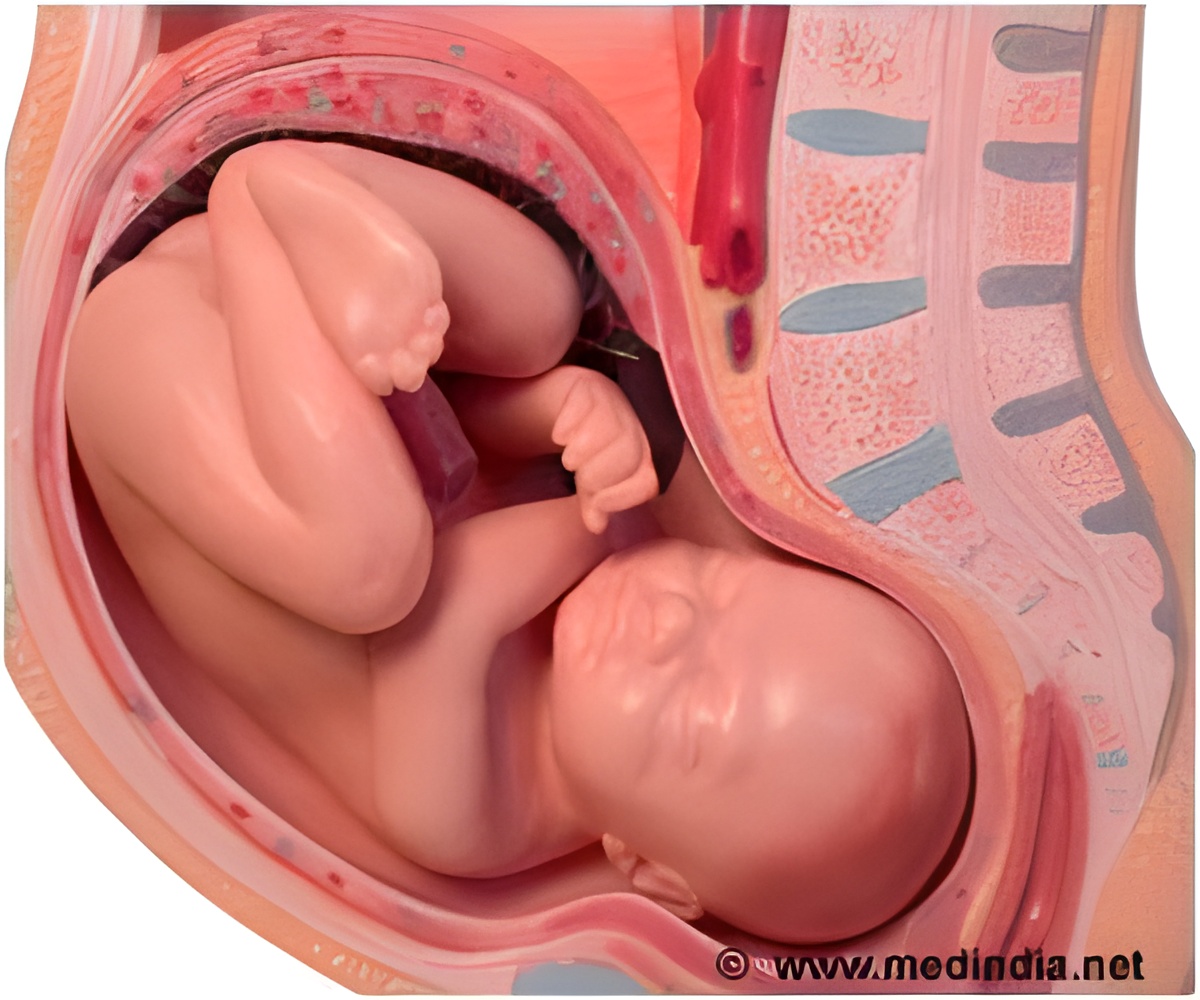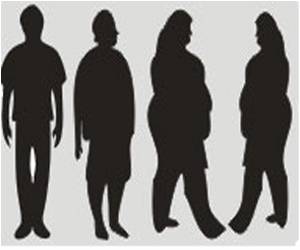
In a new research, scientists at the Medical Research Council (MRC) Lifecourse Epidemiology Unit at the University, performed ultrasound scans on 381 pregnant women taking part in the Southampton Women's Survey.
They measured the blood flow from the placenta to the unborn baby, and the distribution of this blood to either the liver of the baby or bypassing the liver to supply the brain and heart. This was then compared with the infant's body fatness at birth and at four years old.
The findings show that greater blood flow to the baby's liver in late pregnancy was associated with greater body fatness in the infant at birth and at age four. In contrast, lower liver blood flow and a "brain-sparing" blood flow pattern (when the blood bypasses the liver and goes to the brain) occurred when the placenta was smaller and less able to meet baby's demand for essential nutrients in the womb.
These findings were independent of an association between mother's body fatness and the body fatness of her infant.
"In our evolutionary past, the demands of a big brain have led the unborn baby to develop blood flow responses which preserve nutrient delivery to the brain when the supply of essential nutrients from the mother cannot meet the baby's requirements," explained Keith Godfrey, Professor of Epidemiology and Human Development, at the University who led the study.
Advertisement
Professors Guttorm Haugen from the University of Oslo and Torvid Kiserud from the University of Bergen were part of the research team.
Advertisement
The research has been just published in the journal PLoS ONE.
Source-ANI













